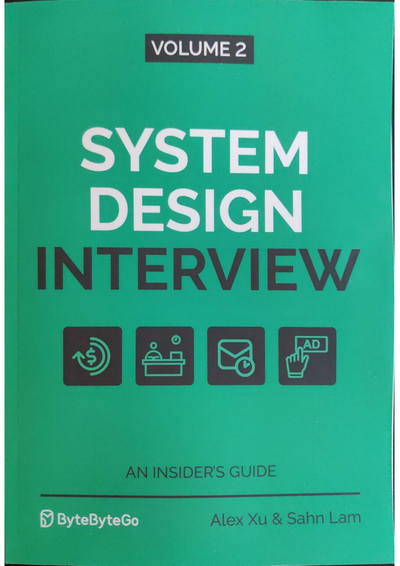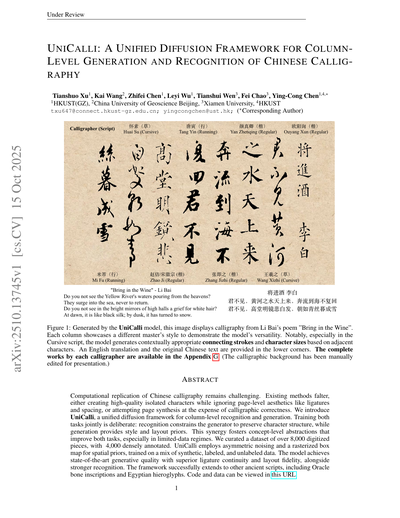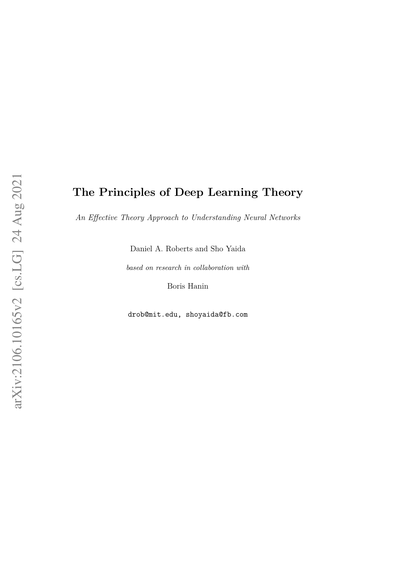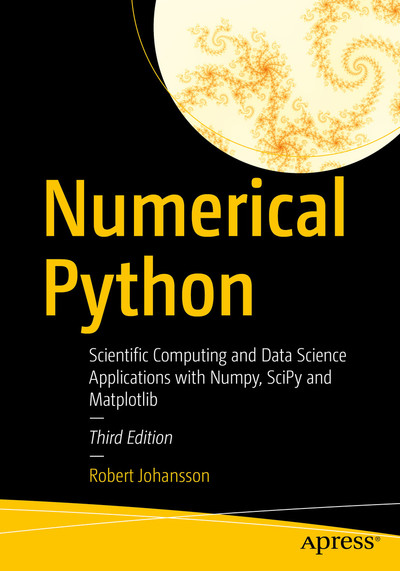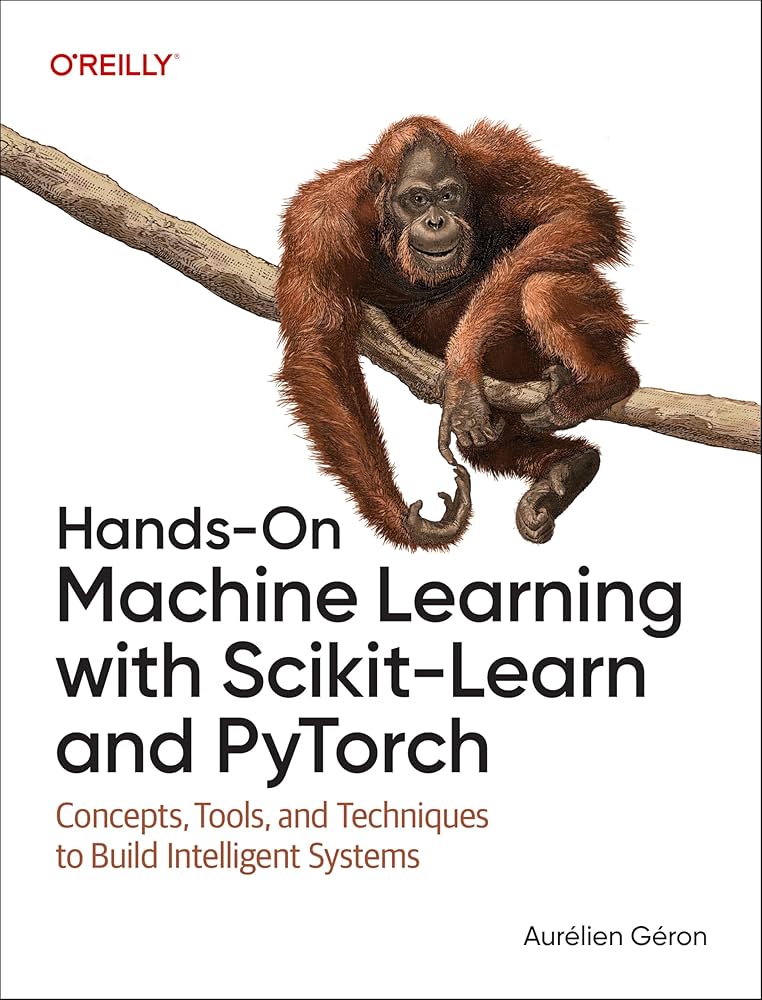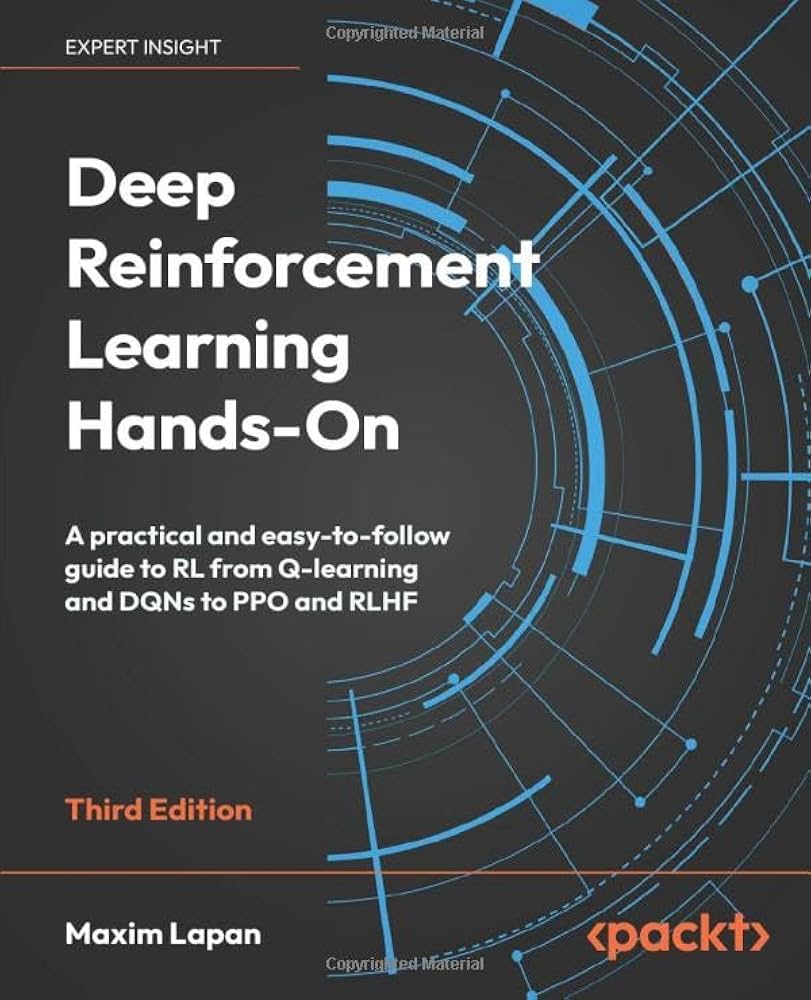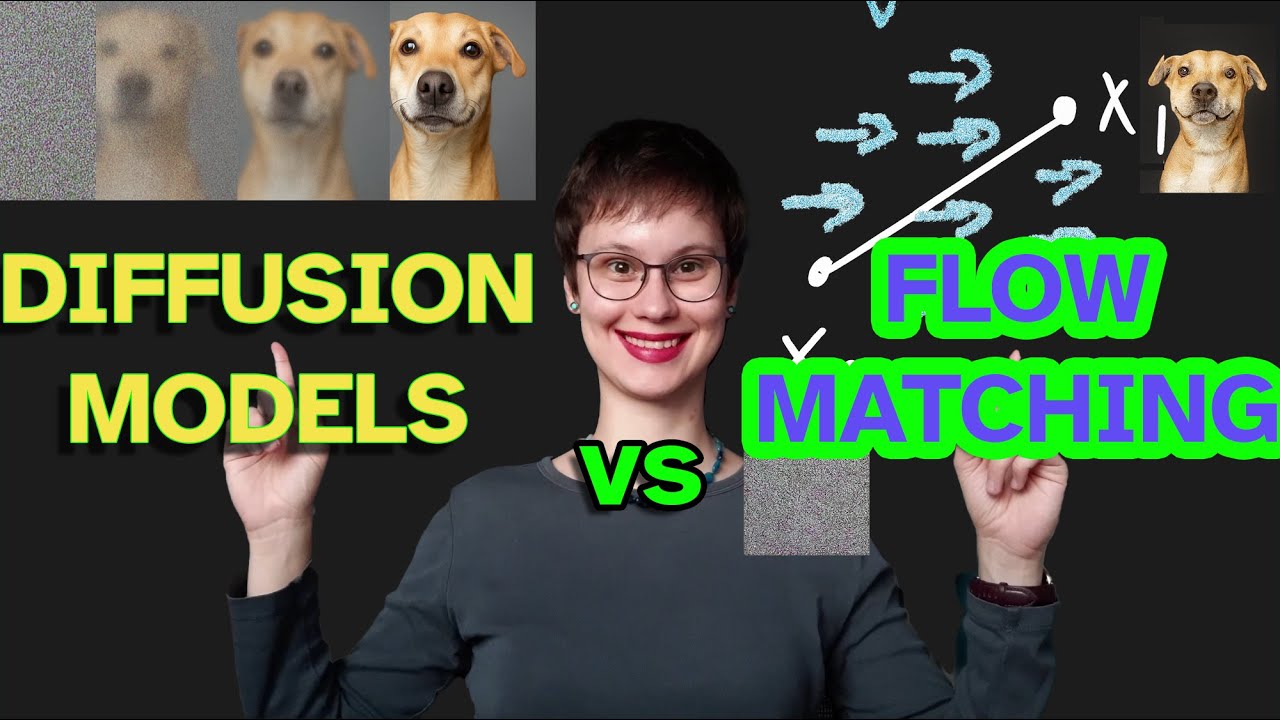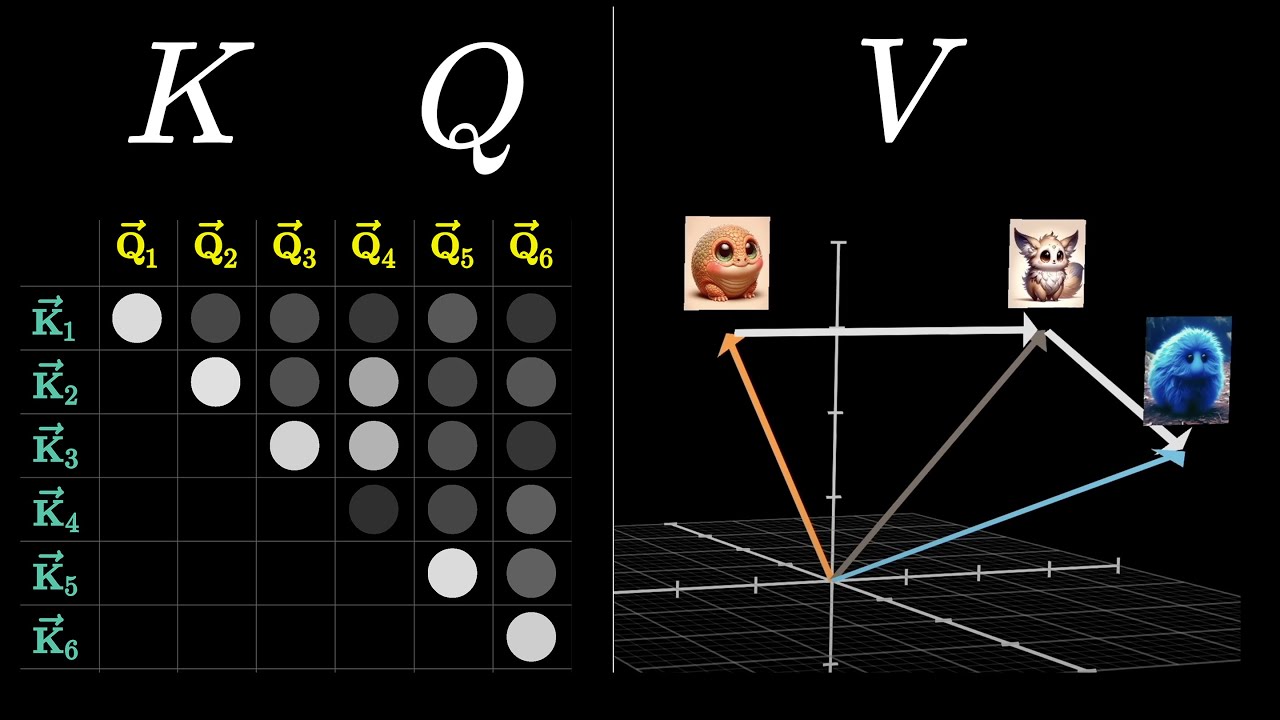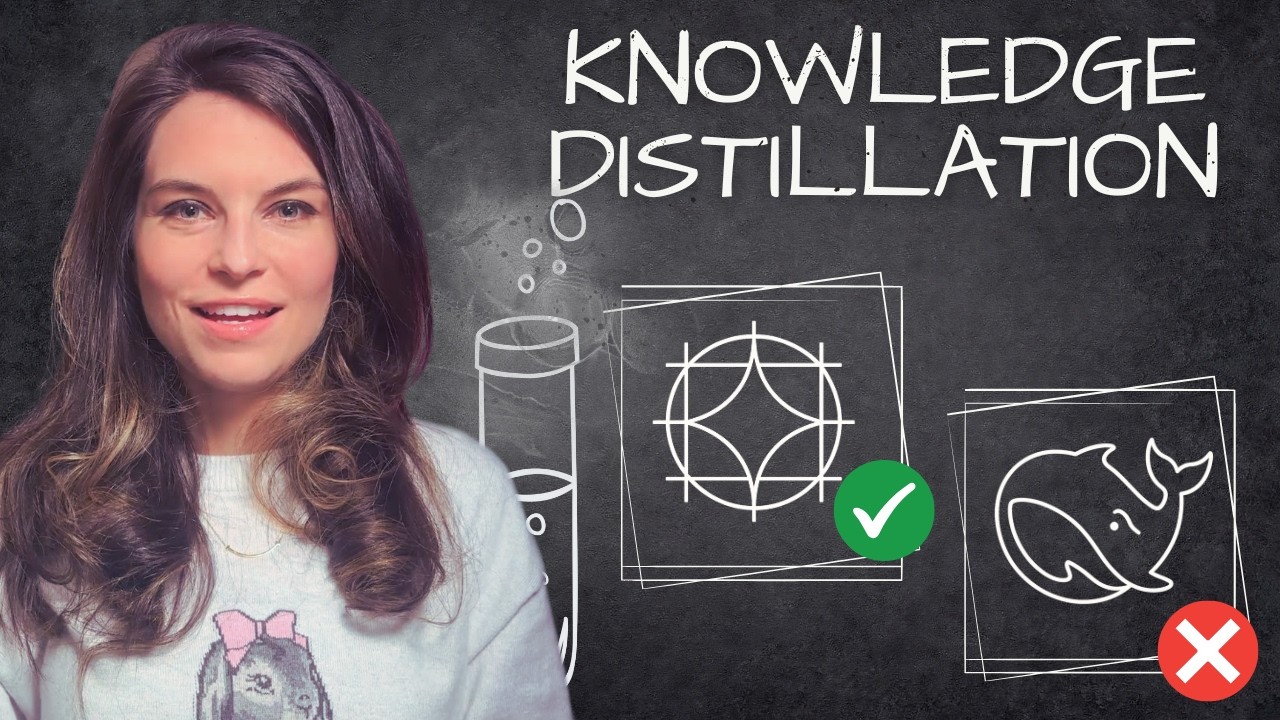
Online Workshop Every Week
Join our free weekly interactive learning sessions.
Master AI/ML with instant feedback and personalized learning
"Cogito, ergo sum" (I think, therefore I am)
— René Descartes

Free Problems
Dynamic Asset Allocation Concepts
This problem set covers key concepts from Chapter 8 on Dynamic Asset Allocation, including two-fund separation, 60/40 portfolios, capital market line, and reinforcement learning applications in portfolio management. The problems test understanding of theoretical foundations, practical implementations, and analytical reasoning related to dynamic asset allocation strategies.
27 pts
Medium
100
capital market line
asset pricing
financial mathematics
+7
Dynamic Hedging and Option Replication
This problem set covers key concepts from Chapter 7 on Dynamic Hedging, focusing on the Black-Scholes-Merton (1973) model, delta hedging, option replication, and reinforcement learning applications in finance. The problems test understanding of geometric Brownian motion, delta calculation, discrete-time replication, and the HedgingAgent implementation.
39 pts
Medium
95
stochastic differential equations
black-scholes-merton model
risk-neutral pricing
+7
Algorithmic Trading with Deep Q-Learning
This problem set explores the application of Deep Q-Learning to algorithmic trading, based on Chapter 6 of the O'Reilly book "Reinforcement Learning for Finance". The chapter demonstrates how to transform a financial prediction game into an algorithmic trading system using simulated financial time series data and multiple financial features. These problems will test your understanding of the Trading environment, TradingAgent class, financial feature engineering, and performance evaluation in algorithmic trading contexts.
26 pts
Medium
99
deep q-learning
algorithmic trading
reinforcement learning
+7
Chapter 05 - Generated Data with GANs
This problem set covers Generative Adversarial Networks (GANs) as introduced in Chapter 5. You'll explore the fundamental concepts of GAN architecture, training dynamics, and practical applications in generating synthetic financial data. The problems progress from basic conceptual understanding to advanced analytical thinking about GAN performance evaluation.
27 pts
Medium
95
generative adversarial networks
deep learning
machine learning
+7
Chapter 04 - Simulated Data for Reinforcement Learning
This problem set covers key concepts from Chapter 4: Simulated Data, focusing on data augmentation techniques for training deep Q-learning agents in financial applications. You'll explore adding noise to historical data and simulating financial time series using stochastic processes like the Vasicek model. These techniques address the limitation of relying on single historical time series by generating unlimited training data.
27 pts
Medium
97
reinforcement learning
data augmentation
deep q-learning
+7
Chapter 3 - Financial Q-Learning
This problem set covers key concepts from Chapter 3: Financial Q-Learning, focusing on the implementation of a Finance environment for reinforcement learning, the DQL agent architecture, and the limitations of applying gaming environments to financial problems. The problems progress from basic understanding to advanced analytical thinking about the chapter's core concepts.
39 pts
Medium
100
reinforcement learning
q-learning
environment design
+7
Premium Problems
Knowledge Graphs
USA AI Olympiad
Explore competitive programming and AI contest preparation concepts
Grade 5 Math
Discover elementary mathematics concepts and learning paths
Featured PDFs
View All PDFsSystem Design Interview: An Insider's Guide Volume 2
116 questions
348 pts
System Design Interview: An Insider's Guide
108 questions
317 pts
UNICALLI: A UNIFIED DIFFUSION FRAMEWORK FOR COLUMN-LEVEL GENERATION AND RECOGNITION OF CHINESE CALLIGRAPHY
10 questions
38 pts
The Principles of Deep Learning Theory
107 questions
418 pts
Featured Books
View All BooksAcing the System Design Interview
153 questions
456 pts
Numerical Python: Scientific Computing and Data Science Applications with Numpy, SciPy and Matplotlib
190 questions
543 pts
Hands-On Machine Learning with Scikit-Learn and PyTorch
200 questions
554 pts
Deep Reinforcement Learning Hands-On - Third Edition
222 questions
720 pts
Featured Videos
View All VideosFlow-Matching vs Diffusion Models explained side by side
10 questions
29 pts
Attention in transformers, step-by-step | Deep Learning Chapter 6
10 questions
30 pts
Knowledge Distillation: How LLMs train each other
10 questions
27 pts
Diffusion Model
10 questions
32 pts
Popular Topics
machine learning
56
deep learning
40
neural networks
35
reinforcement learning
33
system-design
28
grade5
27
optimization
14
large language models
13
attention mechanisms
13
combinatorics
13
system-architecture
13
natural language processing
12
aime problems
12
Number Sense
12
scalability
11
beginner
10
number theory
10
performance
10
transformers
9
capacity-planning
9
Click on any tag to filter problems by that topic
